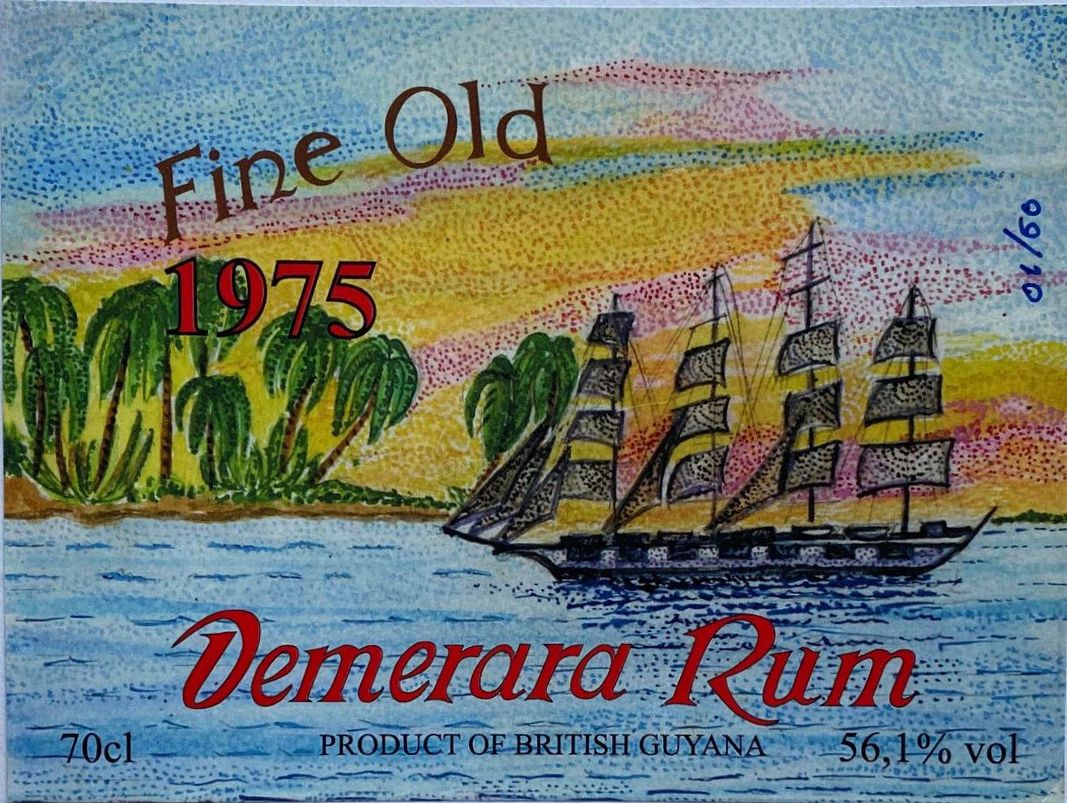
In spite of rums from various 1970s years having been issued throughout that period (many are still around and about and surfacing every now and then at wallet-excavating prices), it is my contention that 1974-1975 were the real years that disco came to town. No other years from the last century except perhaps 1986 resonate more with rumistas; no other years have as many Demeraras of such profound age, of such amazing quality, issued by as many different houses. I’d like to say I’ve lost count of the amount of off-the-scale ‘75s I’ve tasted, but that would be a damned lie, because I remember them all, right back to the first one I tried, the Berry Brothers & Rudd PM 1975. I still recall the rich yet delicate solidity of the Norse Cask, the inky beauty of the Cadenhead Green label 40.6%, the black licorice and sweet tobacco of the Rendsburger, Velier’s own 1975...and now, here is another one, dredged up by another Italian outfit we never heard of before and which, sadly, maybe we never will again. Unlike Norse Cask, it has not vanished, just never bothered to have a digital footprint; in so doing it has left us only this equally overlooked and forgotten bottle of spiritous gold, and some more recent bottlings known only to ur-geeks and deep-divers.
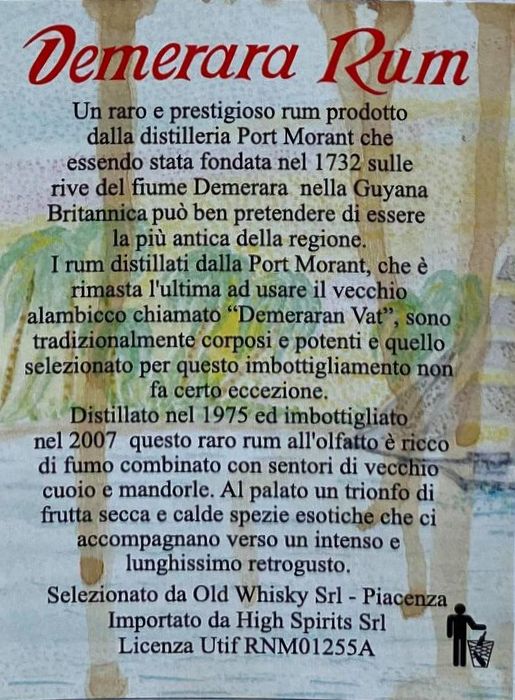 For the kitch, I’m afraid there is not much. Thanks to my impeccably fluent lack of Italian, I can tell you it’s a 1975 Port Mourant that was bottled in 2007, and it appears to be one of those single barrel releases often indulged in by importers – this time an Italian outfit called High Spirits, which doesn’t exist beyond its odd one-page website that leads nowhere and says nothing – see below for some notes on this. The rum is 56.1%, dark red brown….
For the kitch, I’m afraid there is not much. Thanks to my impeccably fluent lack of Italian, I can tell you it’s a 1975 Port Mourant that was bottled in 2007, and it appears to be one of those single barrel releases often indulged in by importers – this time an Italian outfit called High Spirits, which doesn’t exist beyond its odd one-page website that leads nowhere and says nothing – see below for some notes on this. The rum is 56.1%, dark red brown….
…and smells absolutely magnificent. The aromas are, in a word, loaded. The distinctiveness of the PM still comes through in a wave of aromatic wine-infused cigarillos’ tobacco, coffee, bitter chocolate and, yes, licorice. You pause, enjoy this, sniff appreciatively, dive in for Round 2 and brace for the second wave. This emerges after a few minutes: and is more musky, darker in tone shot through with jagged flashes of tarter sharper notes: muscovado sugar, molasses, plums, blackberries, ripe black cherries, bananas, all the best part of, oh, the Norse Cask, of which this is undoubtedly the equal. And then there’s a bit extra for the fans, before the taste: cinnamon, vanilla, herbs, and (I kid you not) even a touch of pine resin.
And the profile, thank God, doesn’t let us down (think of what a waste that would have been, after all this time). People like me use the nose a lot to tease out flavour-notes but the majority of drinkers consider only the taste, and here, they’ll have nothing to complain about, because it continues and underlines everything the smells had promised. Again, thick and pungent with bark and herbs and fruit: plums, dark ripe cherries, ripe mangoes, bags of licorice, and an interesting combo of mauby and sorrel. Caramel and toffee and chocolate and cafe-au-lait dosed with a generous helping of brown sugar and whipped cream, each flavour clear and distinct and outright delicious – the balance of the various soft, sharp, tart and other components is outstanding. Even the finish does the rum honour – it’s long, fragrant and lasting and if it could be a colour, it would be dark brown-red – the hues of licorice, nuts, raisins, dates, stewed apples and caramel.
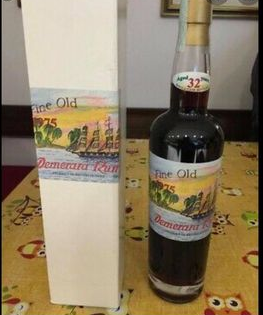 There’s just so much here. It’s so rich, smooth, warm, complex, inviting, tasty, sensual and outright delicious. Just as you put down the glass and finish scribbling what you optimistically think is the final tasting note, you burp and think of yet another aspect you’ve overlooked. Yes, High Spirits probably bought the barrel from a broker or an indifferent Scottish whisky maker who passed it by, but whoever selected it knew what they were doing, because they found and teased out the muscular poetry of the core distillate that in other hands could (and in its knock-offs sometimes does) turn into a schlocky muddled mess.
There’s just so much here. It’s so rich, smooth, warm, complex, inviting, tasty, sensual and outright delicious. Just as you put down the glass and finish scribbling what you optimistically think is the final tasting note, you burp and think of yet another aspect you’ve overlooked. Yes, High Spirits probably bought the barrel from a broker or an indifferent Scottish whisky maker who passed it by, but whoever selected it knew what they were doing, because they found and teased out the muscular poetry of the core distillate that in other hands could (and in its knock-offs sometimes does) turn into a schlocky muddled mess.
At end, over and beyond how it tasted, I find myself coming back to that age. Thirty two years. Such rums are getting rarer all the time. Silver Seal and Moon imports and Cadenhead and G&M occasionally upchuck one or two in the twenties, and yes, occasionally a house in Europe will issue a rum in the thirties (like CDI did with its 33YO Hong Kong Hampden, or those 1984 Monymusks that are popping up), but the big new houses are mostly remaining in the teens, and tropical ageing is the new thing which further suggests a diminution of the majority of aged bottlings. To see one like this, with the barrel slowly seeping its influence into the rum over three decades from a time most rum lovers were unborn and the rumworld we live in undreamt, is an experience not to be missed if one ever has the chance.
(#766)(91/100)
Other Notes
- My thanks to Gregers, Pietro and Johnny for their help on this one, the pictures and background, and, of course, for the sample itself.
- If I read the label right, it’s possible that as few as 60 bottles were issued.
- For a recap of several 1975 Port Mourant rums, see Marius’s awesome flight notes on Single Cask.
- High Spirits is a small Italian importer of whiskies and rums and moonlights as an occasional bottler. It is run by a gentleman by the name of Fernando Nadi Fior in Rimini (NE Italy), and he is an associate and friend of Andrea Ferrari and Stefano Cremaschi of Hidden Spirit and Wild Parrot respectively. High Spirits has quietly and primarily been dealing in whiskies and very occasional limited bottlings of rum since the formation of the company after the dissolution of the previous enterprise, Intertrade Import in the 1970s, but is still mostly unknown outside Italy.
- I’ve often wondered about the prevalence of 1974 and 1975 Guyanese rums, so many of which were Port Mourant, We don’t see 1970s PM rums that often to begin with (Velier has a 1972, 1973 and other years as well, but they’re an exception), yet for some reason these two years seems to be unusually well represented across the various companies’ lines, and I doubt that’s a coincidence. Somehow, for some reason, a lot of barrels from Guyana went to Europe back then and yet for few other years from that decade. Hopefully one day we’ll find out why.
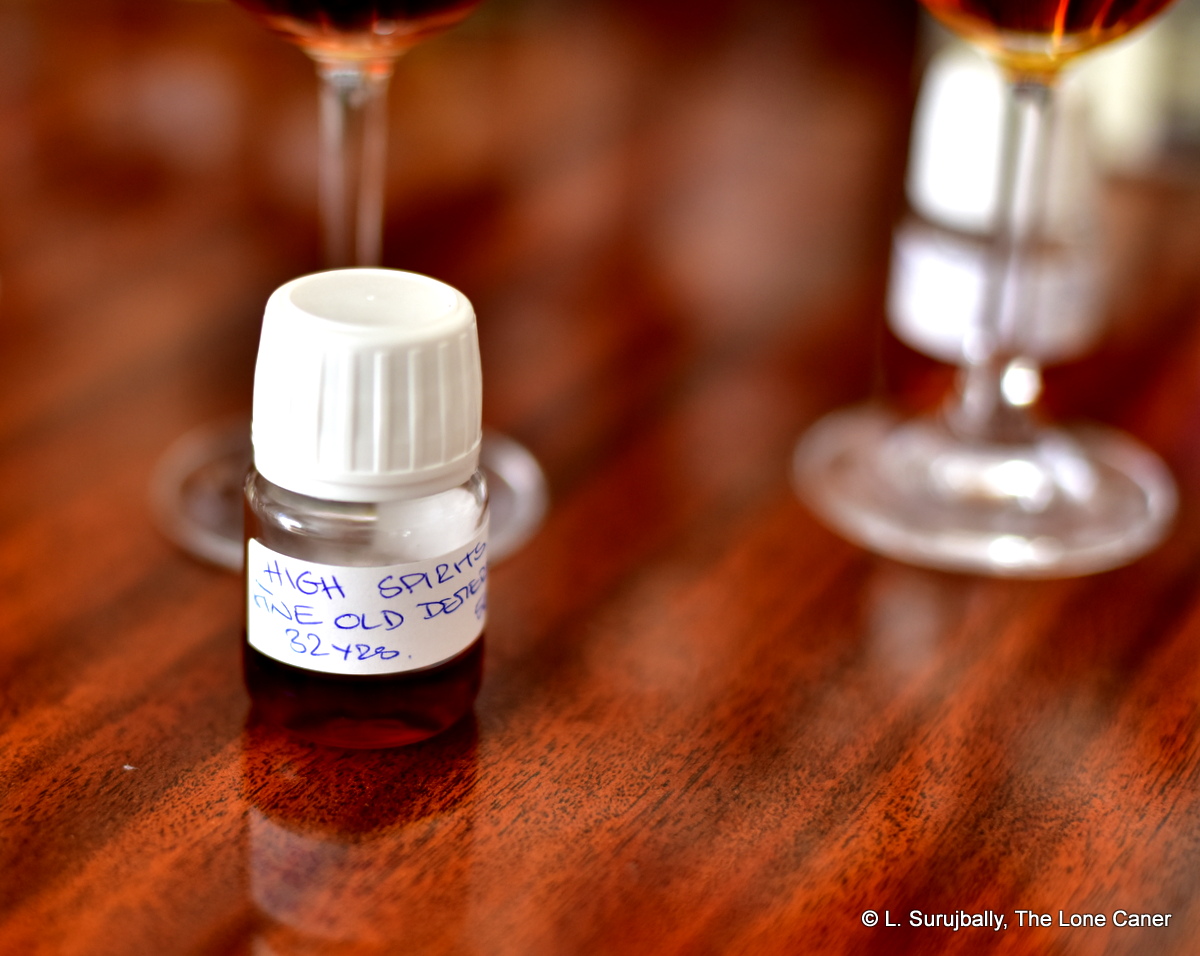
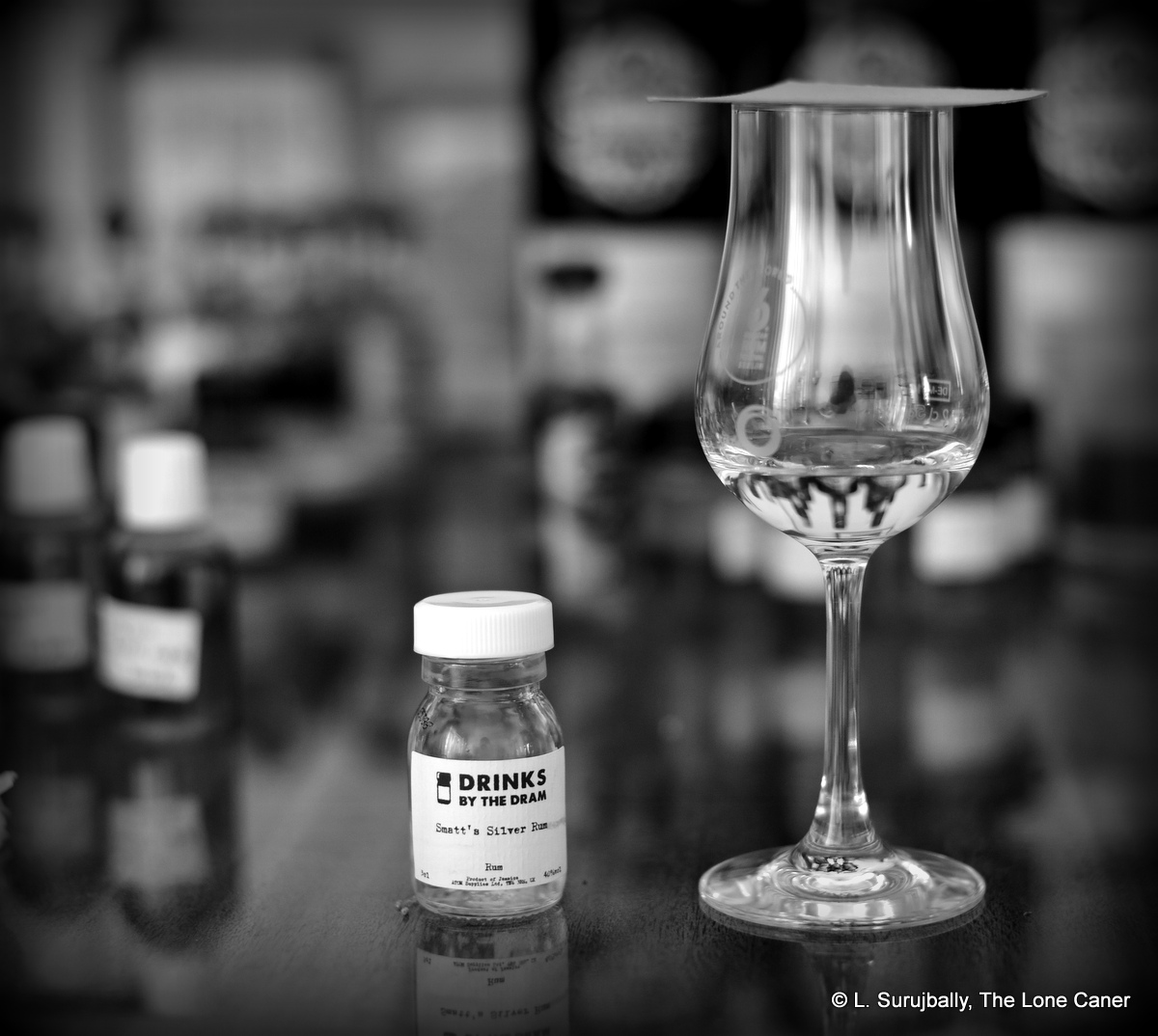
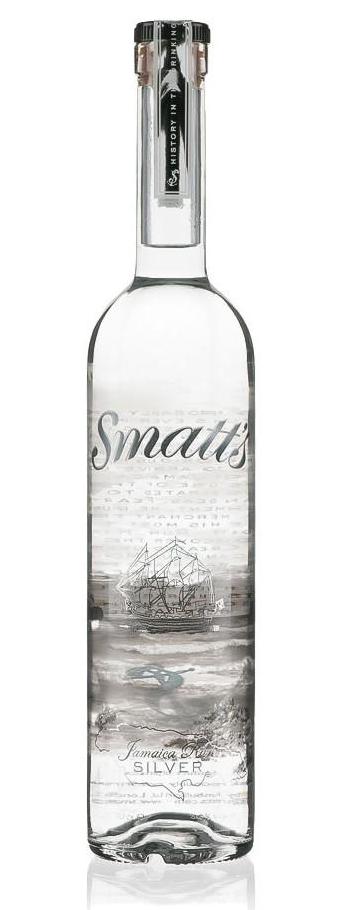 Normally, such a rum wouldn’t interest me much, but with the massive reputations the New Jamaicans have been building for themselves, it made me curious so I grudgingly parted with some coin to get a sample. That was the right decision, because this thing turned out to be less an undiscovered steal than a low-rent Jamaican wannabe for those who don’t care about and can’t tell one Jamaican rum from another, know Appleton and stop there. The rum takes great care not to go beyond such vanilla illusions, since originality is not its forte and it takes inoffensive pleasing-the-sipper as its highest goal.
Normally, such a rum wouldn’t interest me much, but with the massive reputations the New Jamaicans have been building for themselves, it made me curious so I grudgingly parted with some coin to get a sample. That was the right decision, because this thing turned out to be less an undiscovered steal than a low-rent Jamaican wannabe for those who don’t care about and can’t tell one Jamaican rum from another, know Appleton and stop there. The rum takes great care not to go beyond such vanilla illusions, since originality is not its forte and it takes inoffensive pleasing-the-sipper as its highest goal. 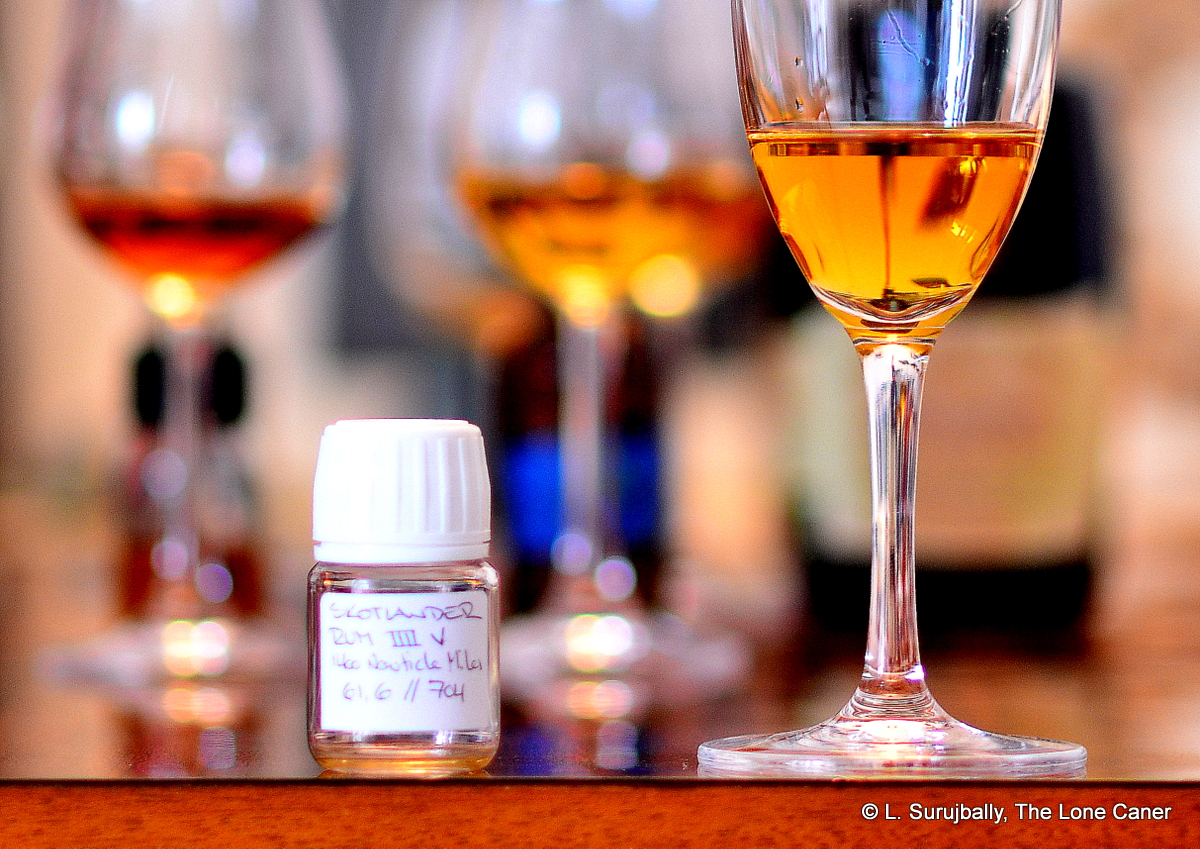
 Rums made from scratch by some small new micro-distillery in a country other than the norm are often harbingers of future trends and can bring – alongside the founders’ enthusiasm – some interesting tastes to the table, even different spirits (<<cough>> ‘Murrica!!). But Skotlander, to their credit, didn’t mess around with ten different brandies, gins, vodkas, whiskies and what have you, and then pretended they were always into rum and we are now getting the ultimate pinnacle of their artsy voyage of discovery. Nah. These boys started with rum, bam! from eight o’clock, day one.
Rums made from scratch by some small new micro-distillery in a country other than the norm are often harbingers of future trends and can bring – alongside the founders’ enthusiasm – some interesting tastes to the table, even different spirits (<<cough>> ‘Murrica!!). But Skotlander, to their credit, didn’t mess around with ten different brandies, gins, vodkas, whiskies and what have you, and then pretended they were always into rum and we are now getting the ultimate pinnacle of their artsy voyage of discovery. Nah. These boys started with rum, bam! from eight o’clock, day one. 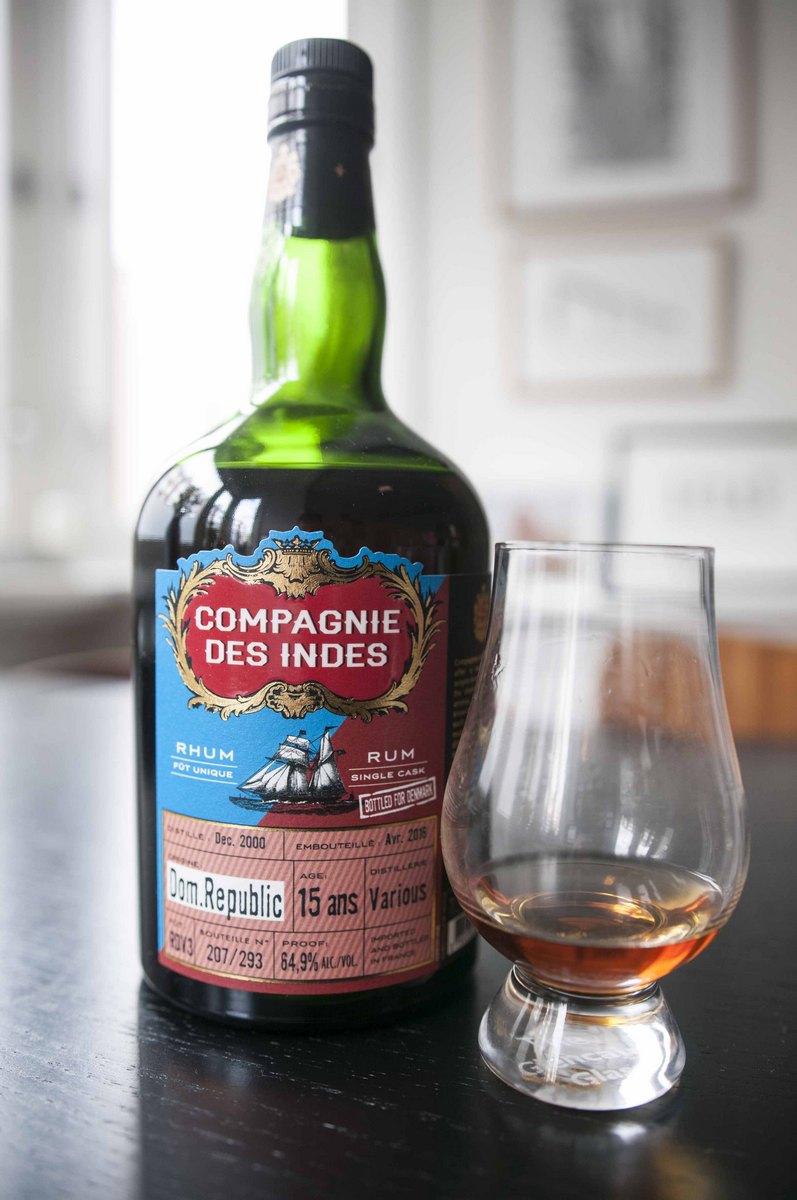
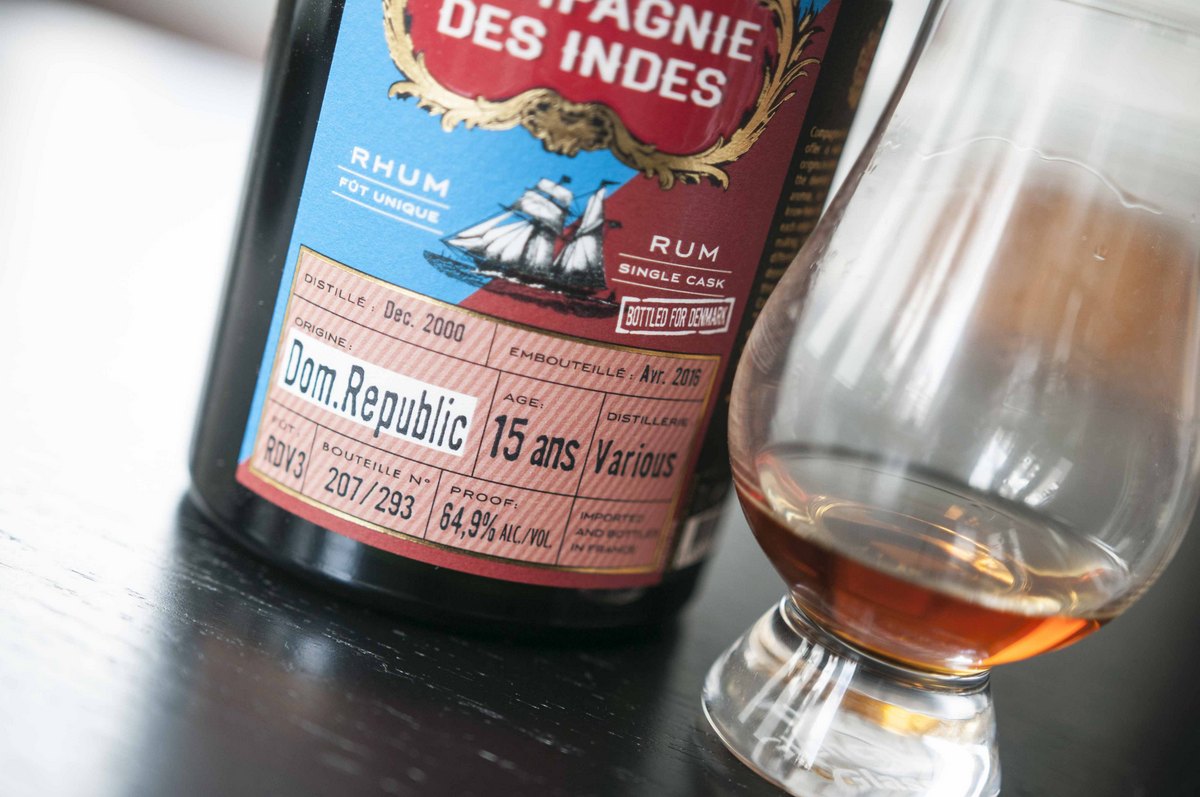
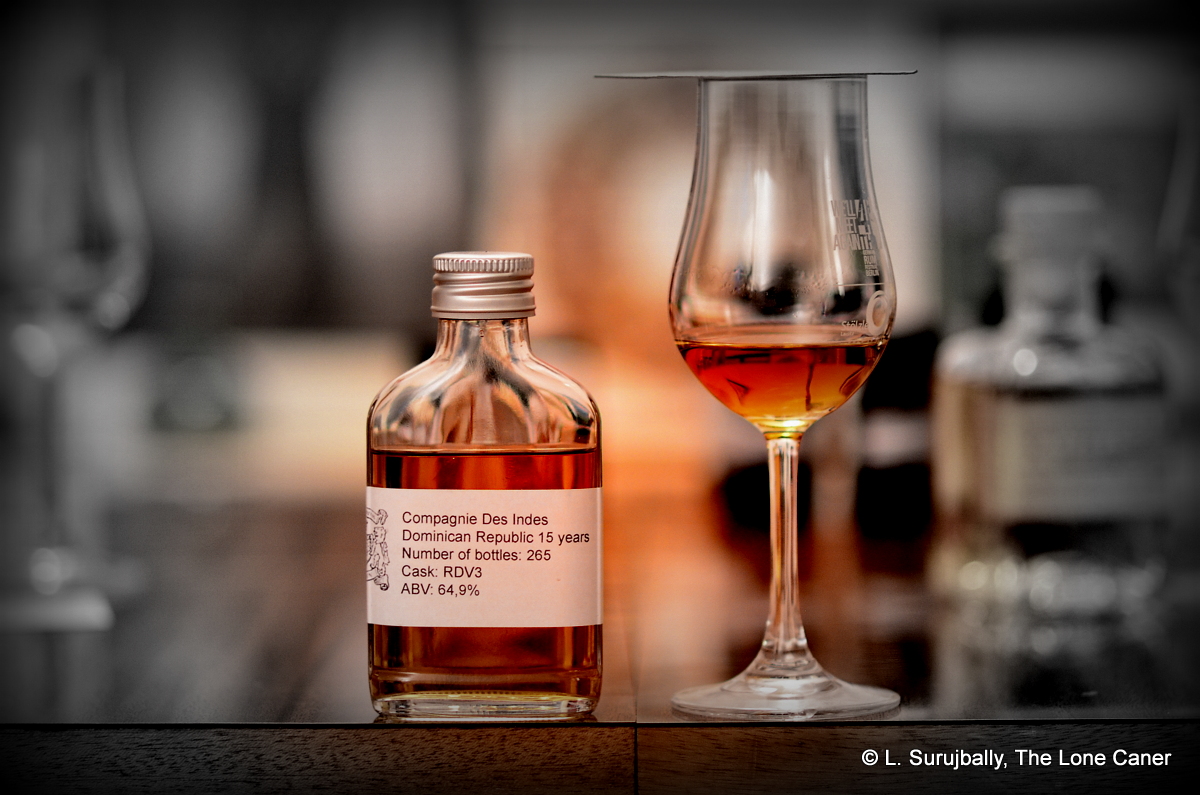
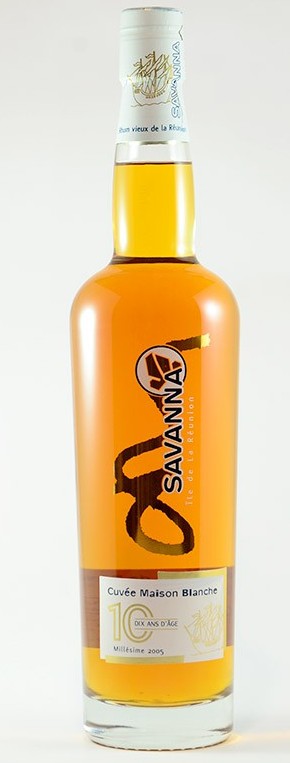 Savanna’s 2005 Cuvée Maison Blanche 10 Year Old rum, in production since 2008 is a companion to the 2005 10 YO Traditionnel and a somewhat lesser version of the superb
Savanna’s 2005 Cuvée Maison Blanche 10 Year Old rum, in production since 2008 is a companion to the 2005 10 YO Traditionnel and a somewhat lesser version of the superb 
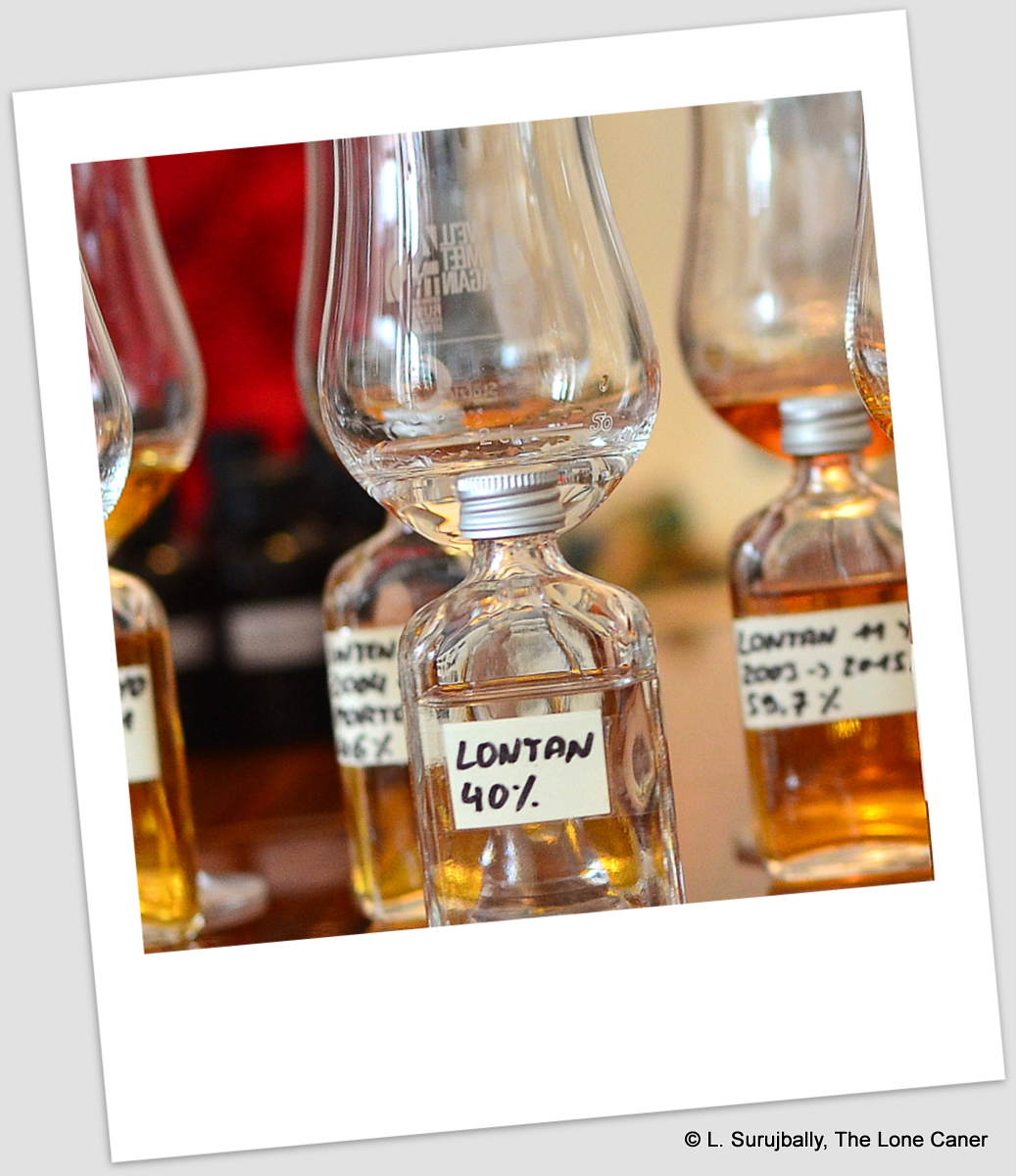
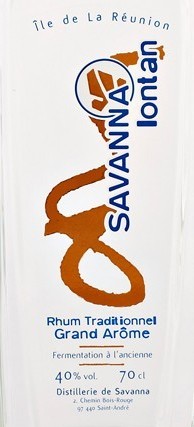 The word “Lontan” is difficult to pin down – in Haitian Creole, it means “long” and “long ago” while in old French it was “lointain” and meant “distant” and “far off”, and neither explains why Savanna picked it (though many establishments around the island use it in their names as well, so perhaps it’s an analogue to the english “Ye Olde…”). Anyway, aside from the traditional, creol, Intense and Metis ranges of rums (to which have now been added several others) there is this Lontan series – these are all variations of Grand Arôme rums, finished or not, aged or not, full-proof or not, which are distinguished by a longer fermentation period and a higher ester count than usual, making them enormously flavourful.
The word “Lontan” is difficult to pin down – in Haitian Creole, it means “long” and “long ago” while in old French it was “lointain” and meant “distant” and “far off”, and neither explains why Savanna picked it (though many establishments around the island use it in their names as well, so perhaps it’s an analogue to the english “Ye Olde…”). Anyway, aside from the traditional, creol, Intense and Metis ranges of rums (to which have now been added several others) there is this Lontan series – these are all variations of Grand Arôme rums, finished or not, aged or not, full-proof or not, which are distinguished by a longer fermentation period and a higher ester count than usual, making them enormously flavourful.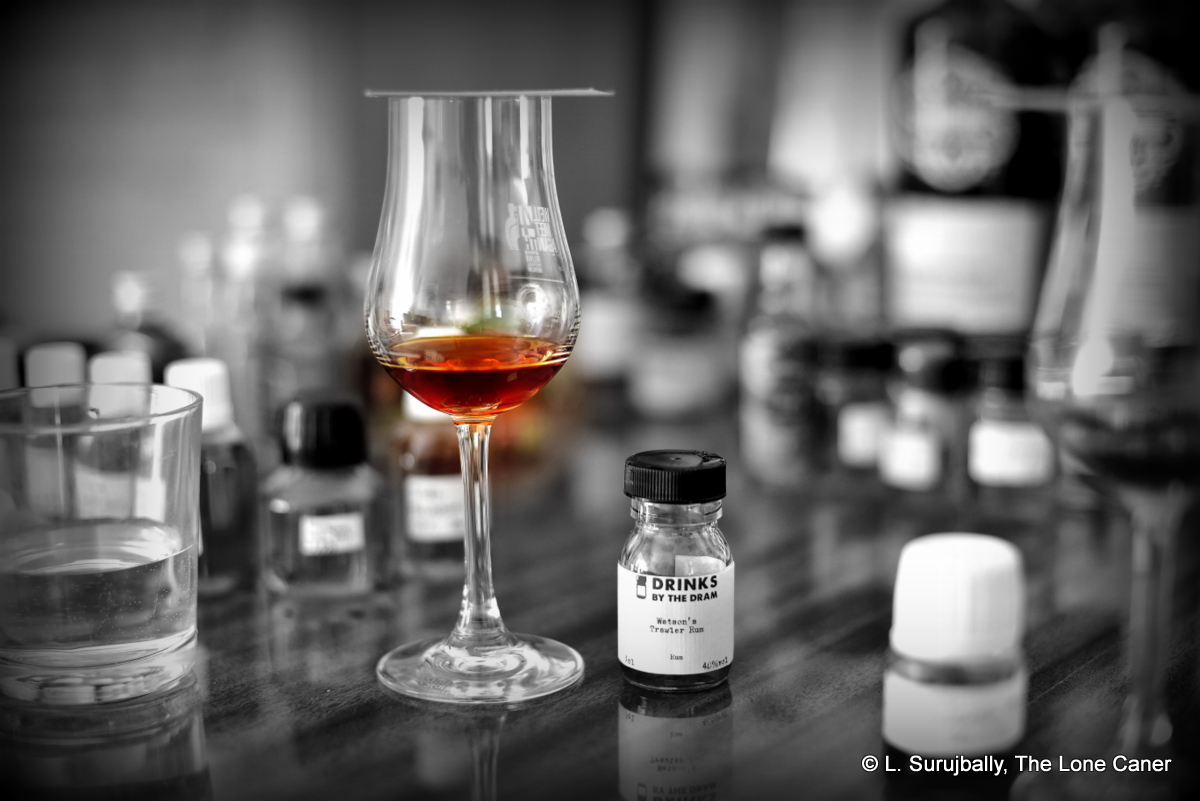
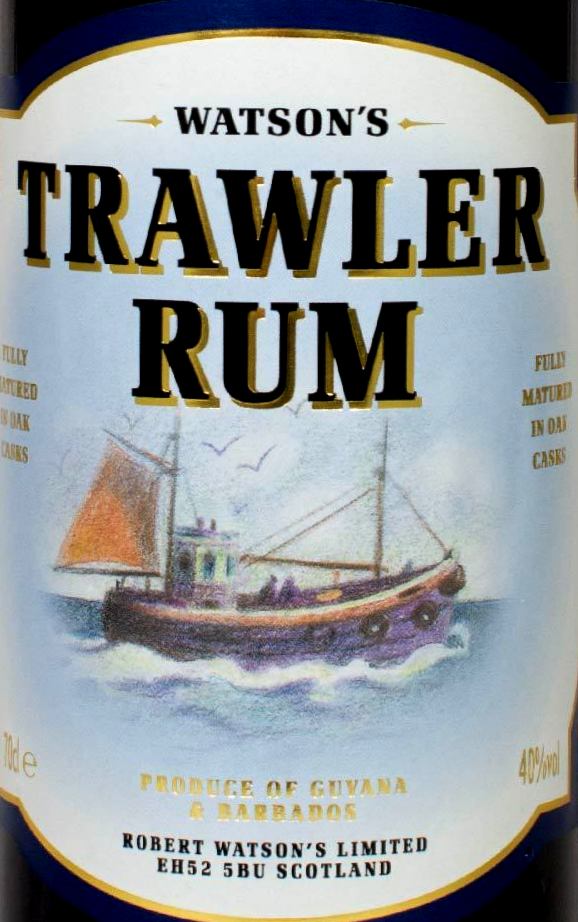 Watson’s Trawler rum, bottled at 40% is another sprig off that branch of British Caribbean blends, budding off the enormous tree of rums the empire produced. The company, according to Anne Watson (granddaughter of the founder), was formed in the late 1940s in Aberdeen, sold at some point to the Chivas Group, and since 1996 the brand is owned by Ian McLeod distillers (home of Sheep Dip and Glengoyne whiskies). It remains a simple, easy to drink and affordable nip, a casual drink, and should be approached in precisely that spirit, not as something with pretensions of grandeur.
Watson’s Trawler rum, bottled at 40% is another sprig off that branch of British Caribbean blends, budding off the enormous tree of rums the empire produced. The company, according to Anne Watson (granddaughter of the founder), was formed in the late 1940s in Aberdeen, sold at some point to the Chivas Group, and since 1996 the brand is owned by Ian McLeod distillers (home of Sheep Dip and Glengoyne whiskies). It remains a simple, easy to drink and affordable nip, a casual drink, and should be approached in precisely that spirit, not as something with pretensions of grandeur.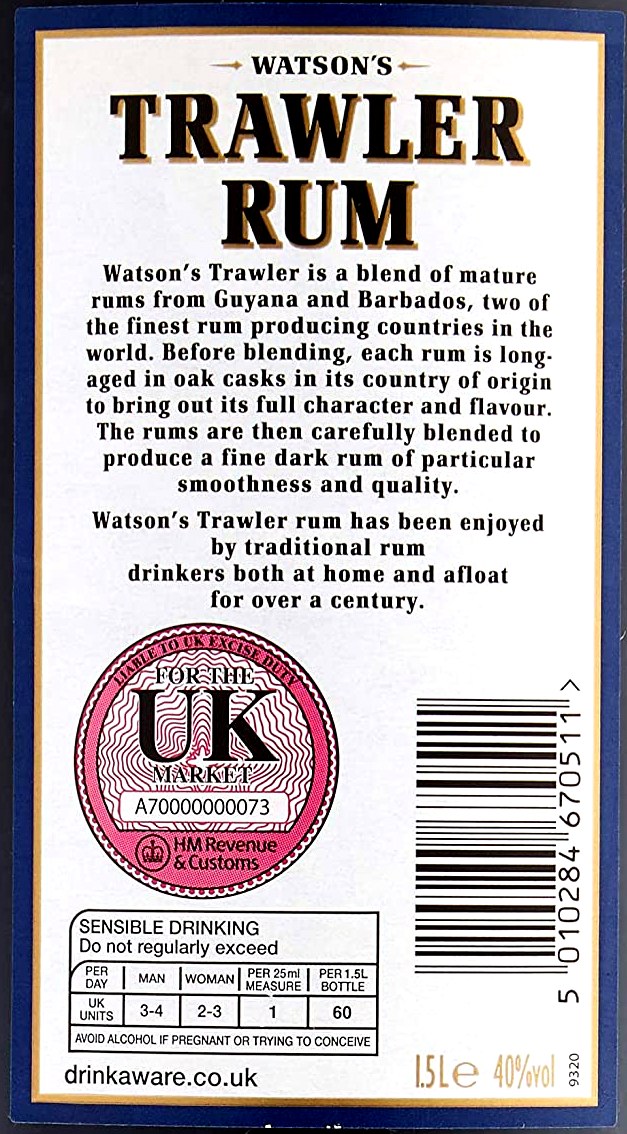 It’s in that simplicity, I argue, lies much of Watson’s strength and enduring appeal — “an honest and loyal rum” opined
It’s in that simplicity, I argue, lies much of Watson’s strength and enduring appeal — “an honest and loyal rum” opined 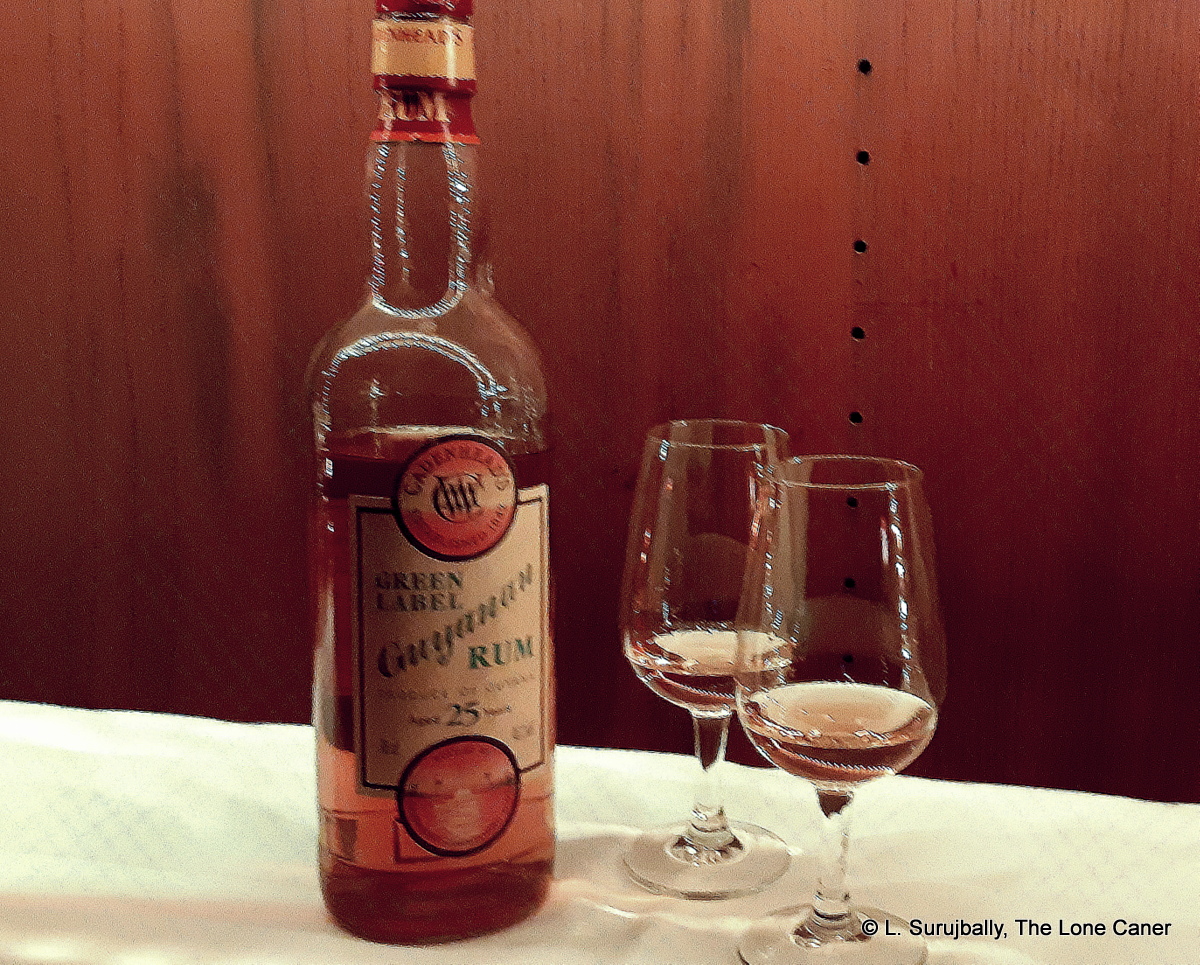
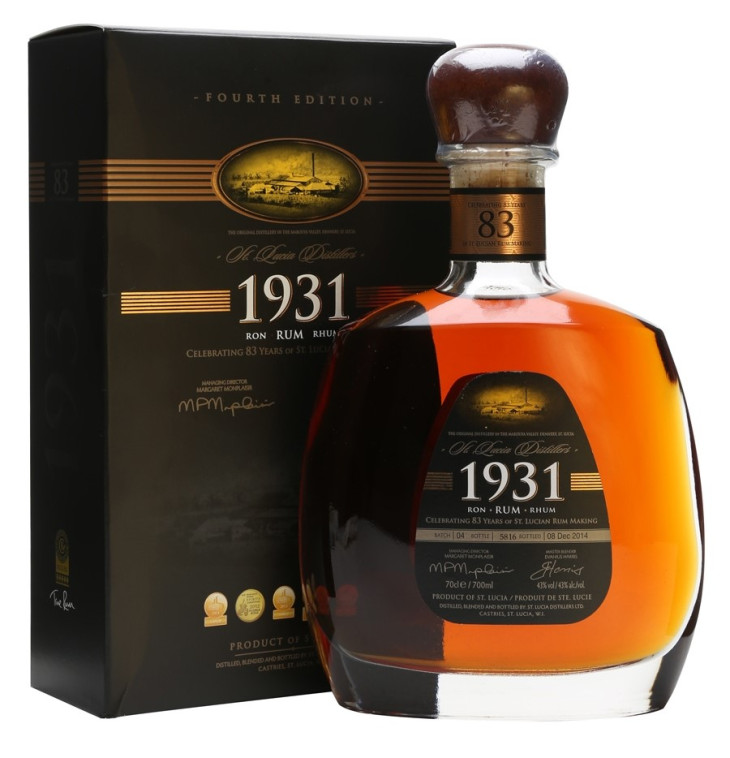 Rumaniacs Review #120 | 0757
Rumaniacs Review #120 | 0757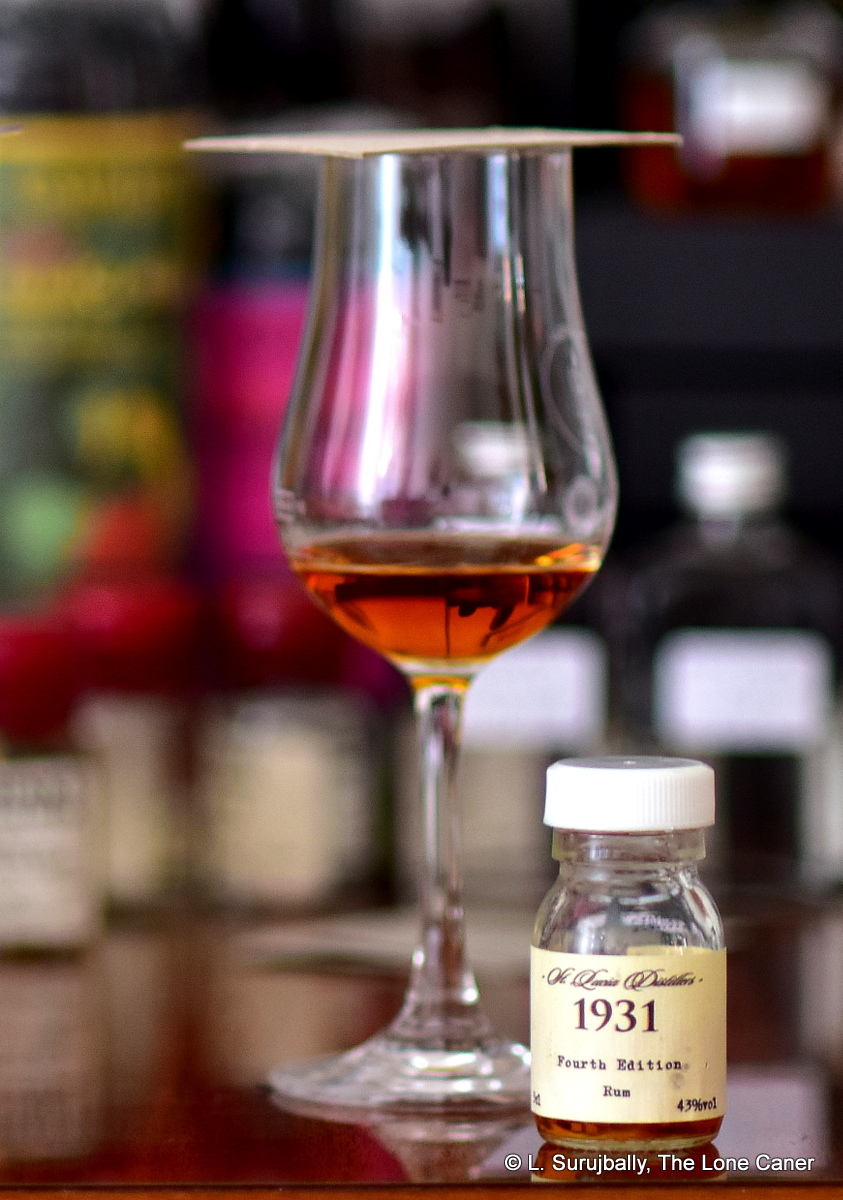 Colour – Gold
Colour – Gold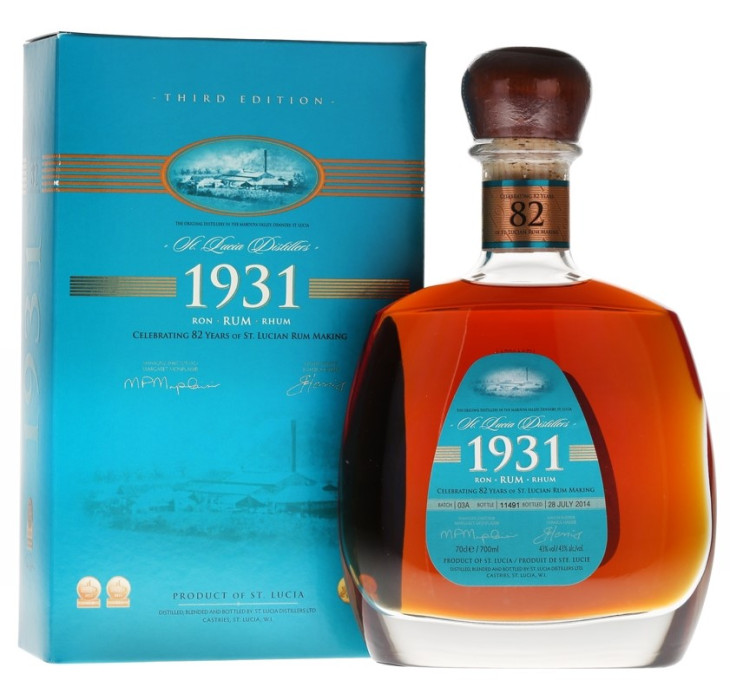 Rumaniacs Review #119 | 0756
Rumaniacs Review #119 | 0756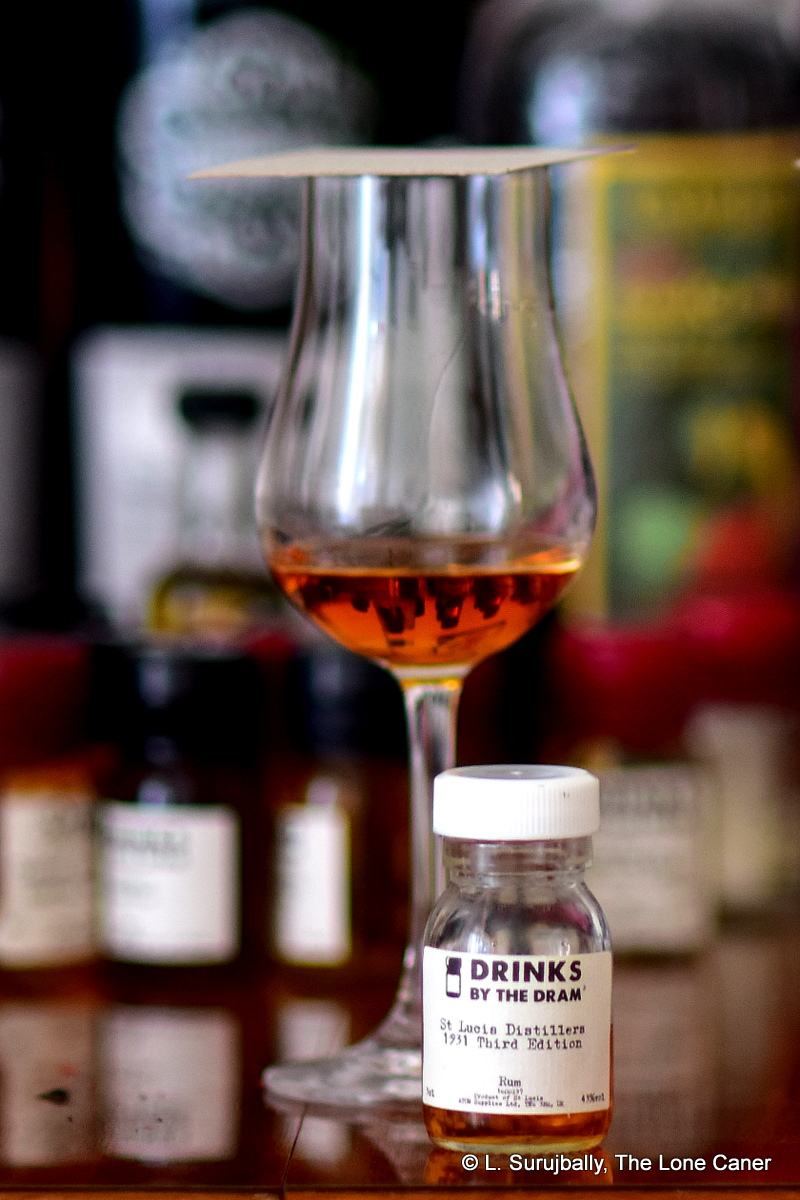 Colour – Dark gold
Colour – Dark gold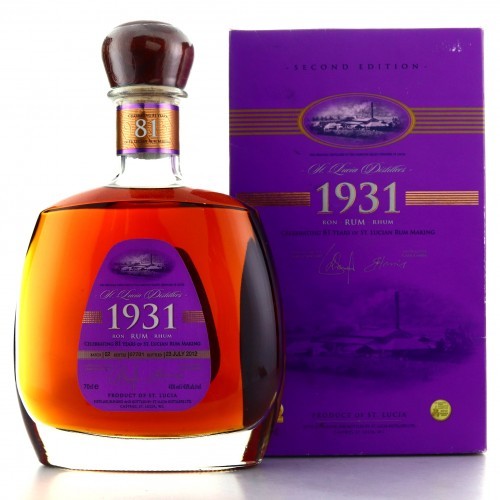 Rumaniacs Review #118 | 0755
Rumaniacs Review #118 | 0755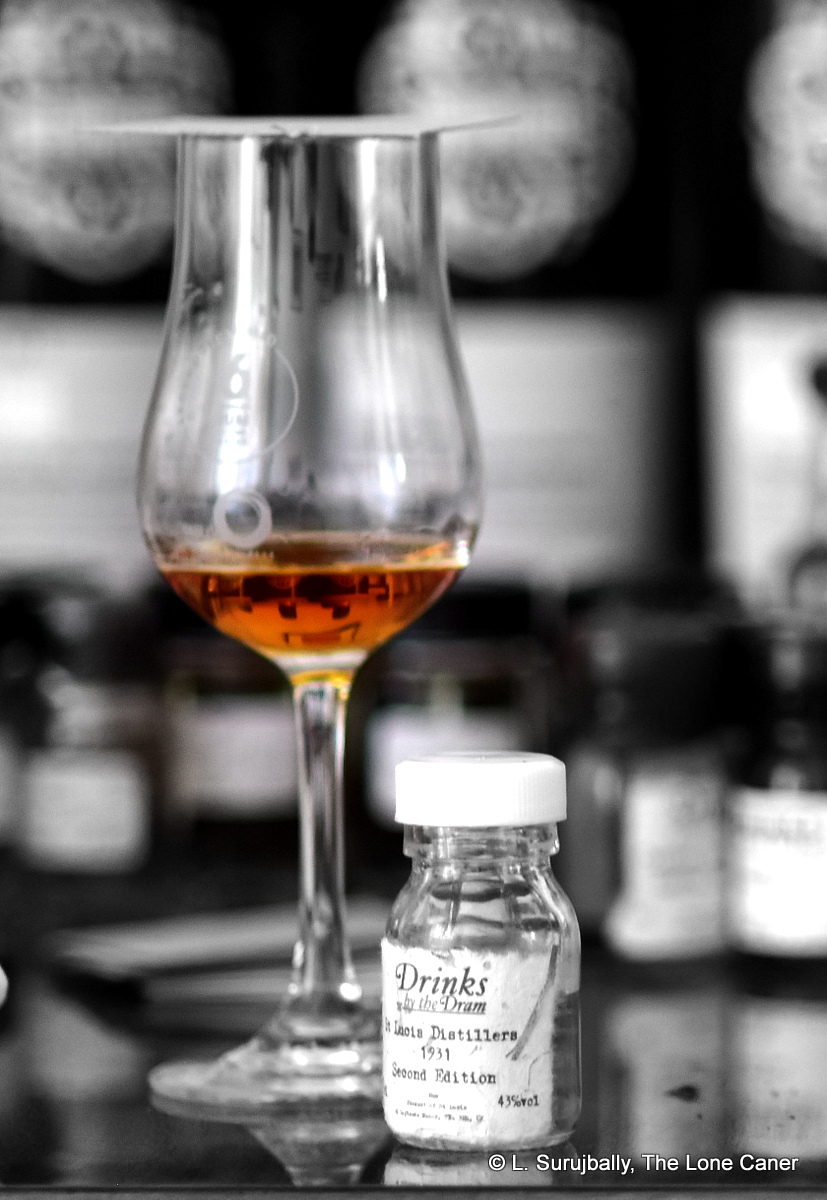 Colour – Mahogany
Colour – Mahogany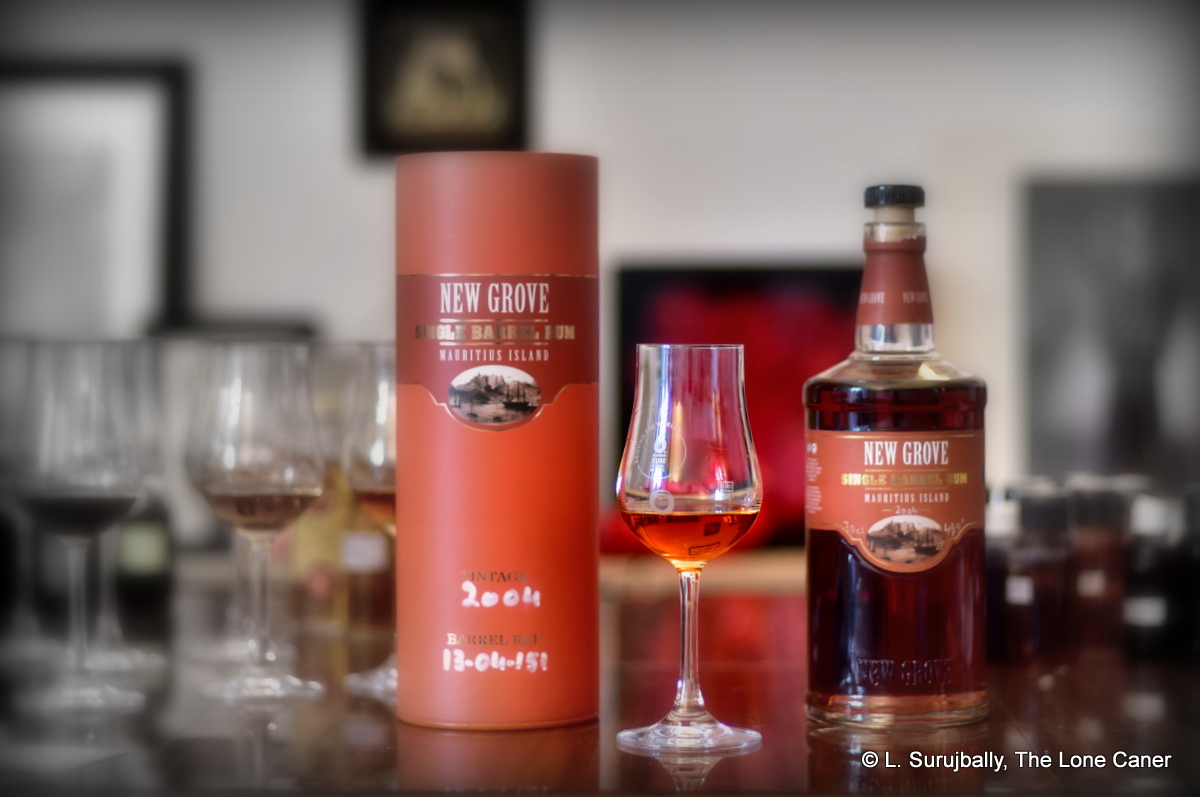
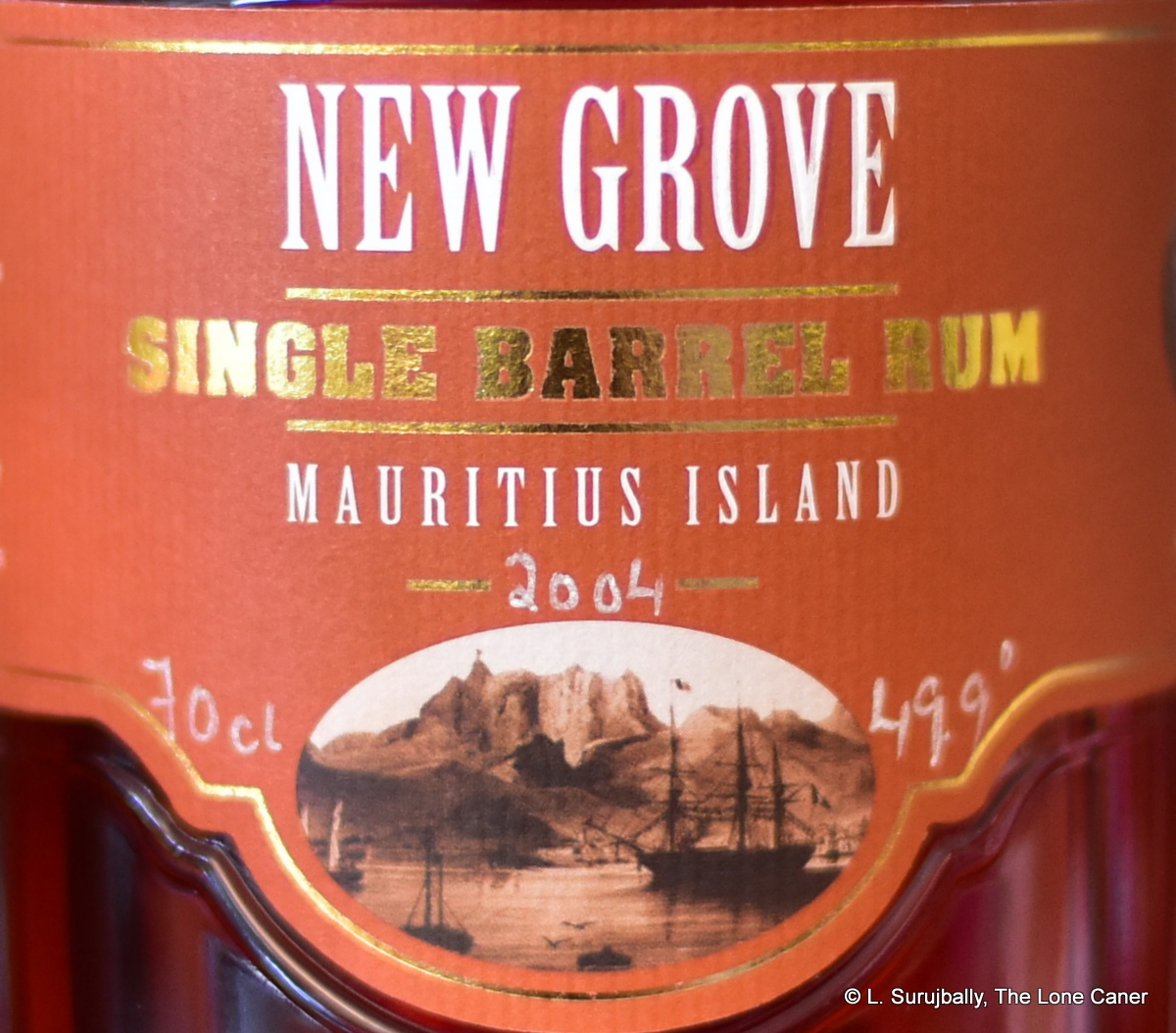 Although cold stats alone don’t tell the tale, I must confess to being intrigued, since a primary producer’s limited single-barrel expressions tend to be somewhat special, something they picked out for good reason. That felt like the case here – the initial smell was delicious, of burnt oranges and whipped cream (!!), a sort of liquid meringue pie if you will. It negotiated the twists and turns of tart and mellower aromas really well: honey, fruits, raisins, green apples, grapes,and ripe peaches. There was never too much of one or the other, and it was all quite civilized, soft and even warm
Although cold stats alone don’t tell the tale, I must confess to being intrigued, since a primary producer’s limited single-barrel expressions tend to be somewhat special, something they picked out for good reason. That felt like the case here – the initial smell was delicious, of burnt oranges and whipped cream (!!), a sort of liquid meringue pie if you will. It negotiated the twists and turns of tart and mellower aromas really well: honey, fruits, raisins, green apples, grapes,and ripe peaches. There was never too much of one or the other, and it was all quite civilized, soft and even warm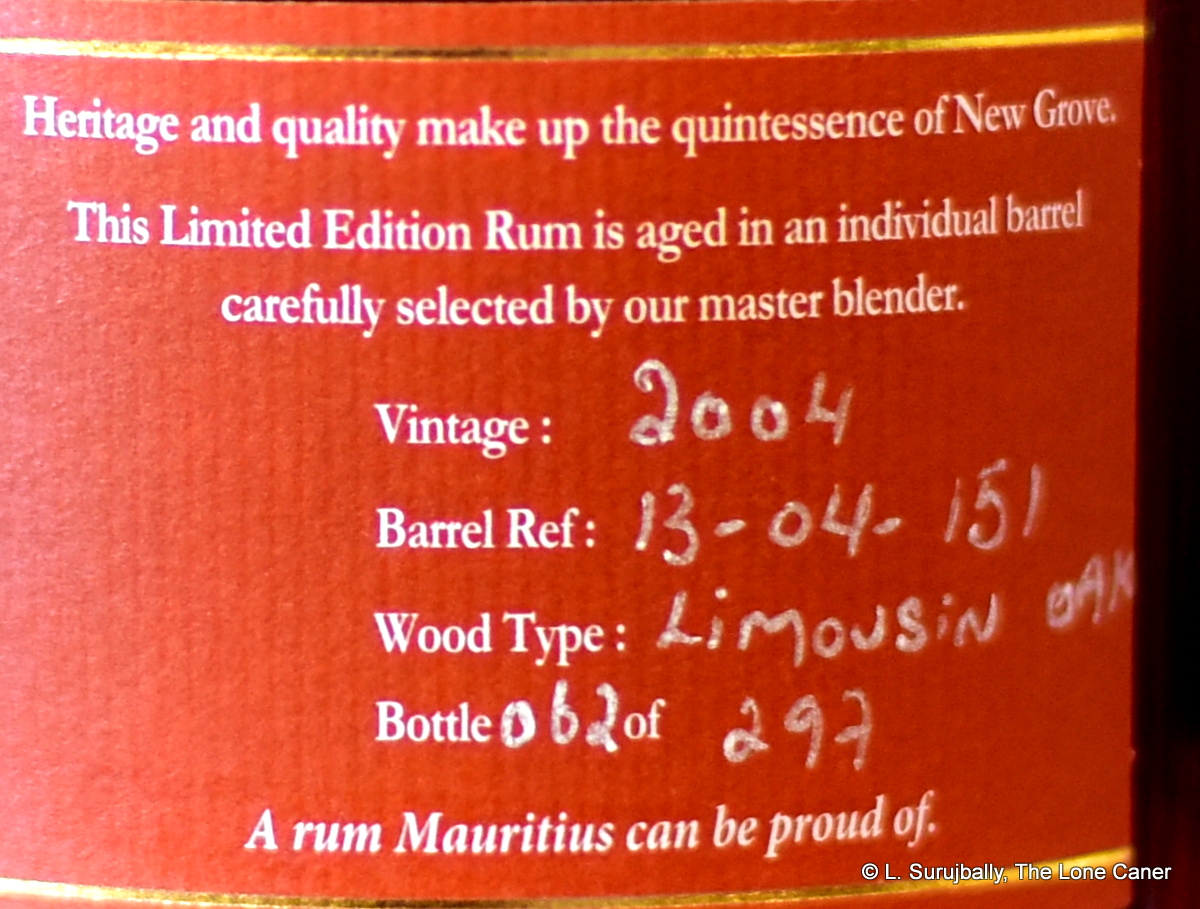 Background history
Background history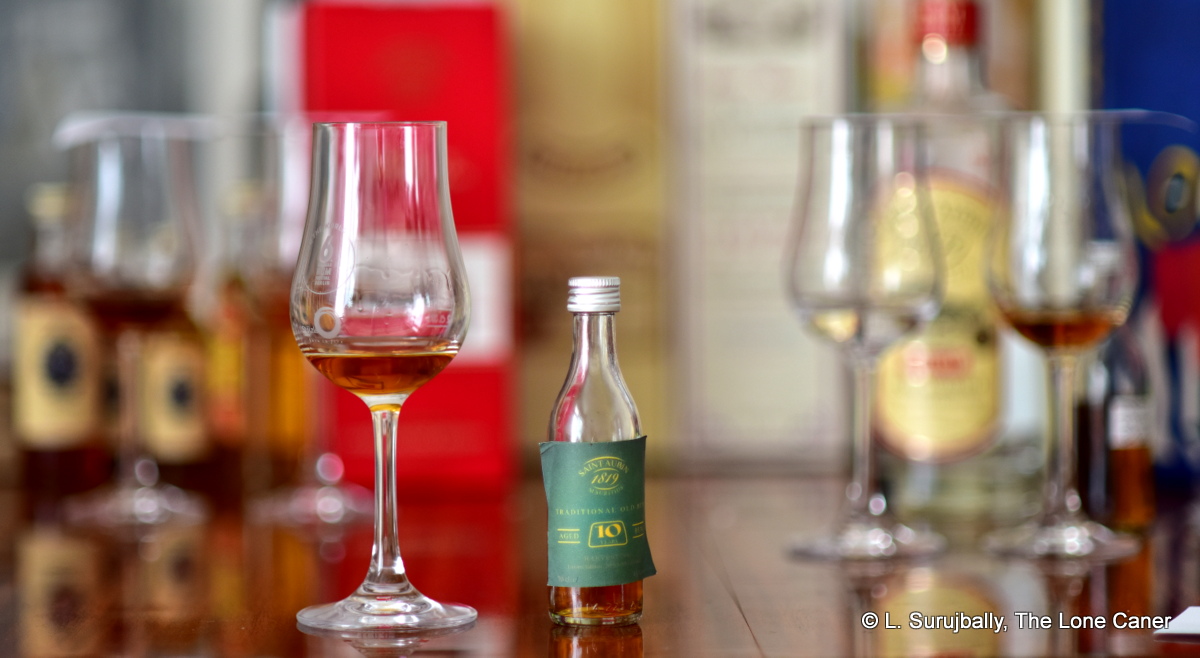
 Certainly the 2003 10 YO does its next-best relative the
Certainly the 2003 10 YO does its next-best relative the 
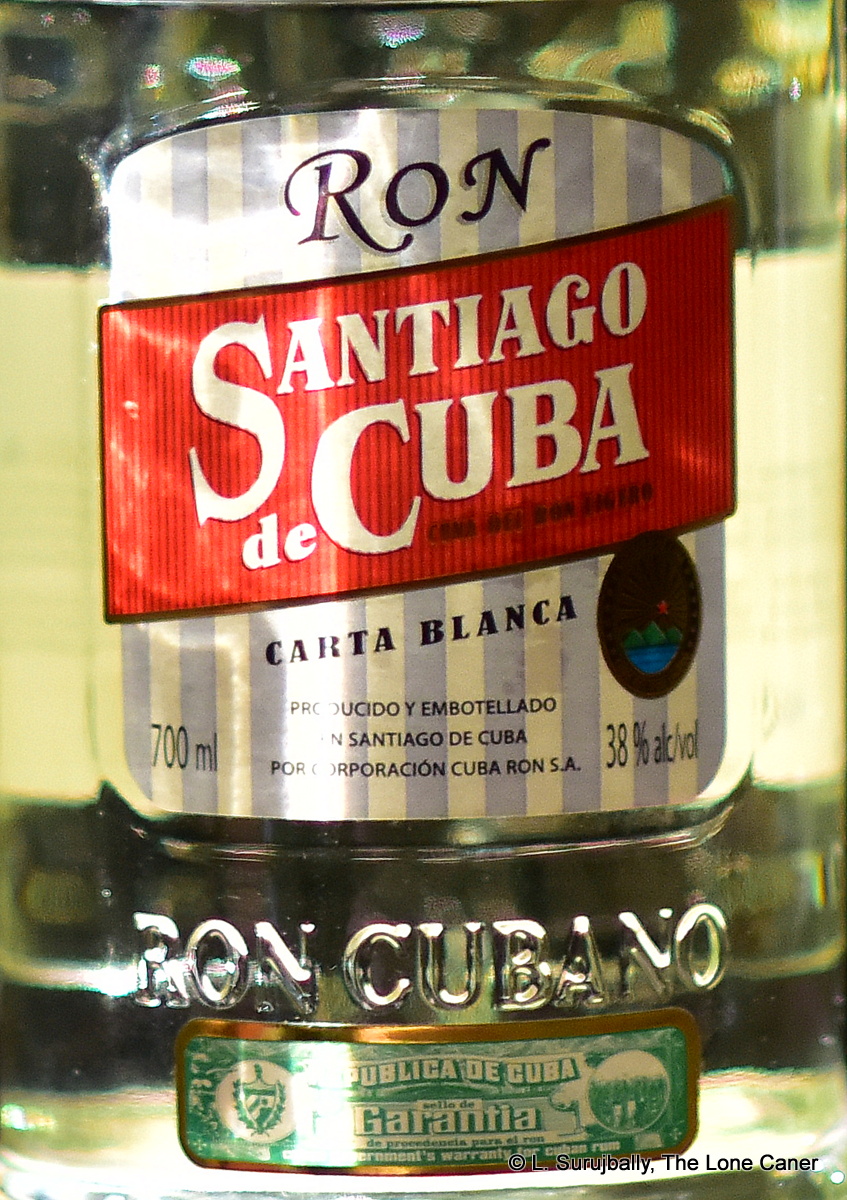 As for the taste when sipped, “uninspiring” might be the kindest word to apply. It’s so light as to be nonexistent, and just seemed so…
As for the taste when sipped, “uninspiring” might be the kindest word to apply. It’s so light as to be nonexistent, and just seemed so…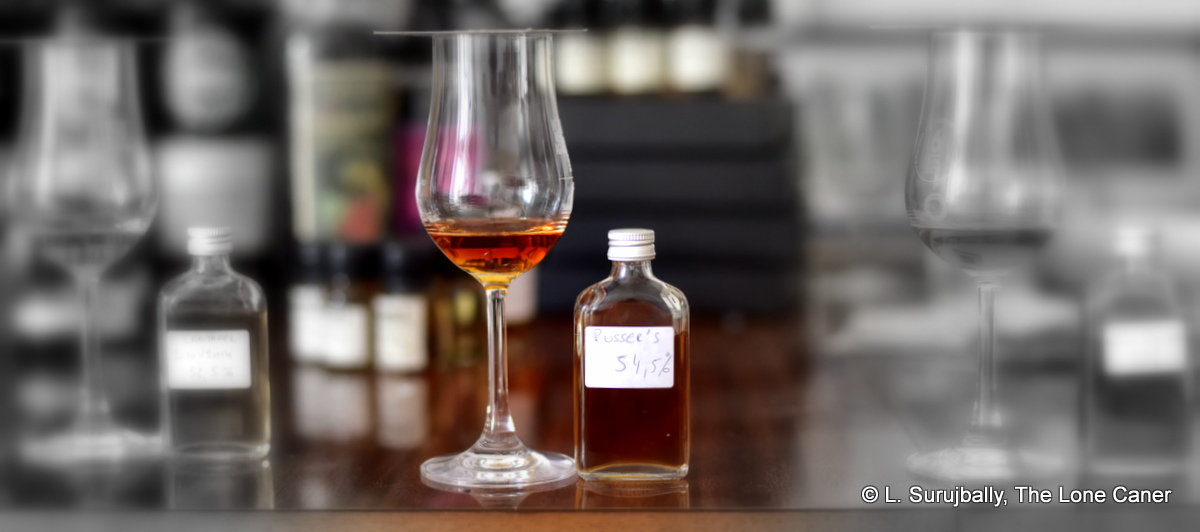
 That provided, let’s get right into it then, nose forward. It’s warm but indistinct, which is to say, it’s a blended melange of several things — molasses, coffee (like
That provided, let’s get right into it then, nose forward. It’s warm but indistinct, which is to say, it’s a blended melange of several things — molasses, coffee (like 

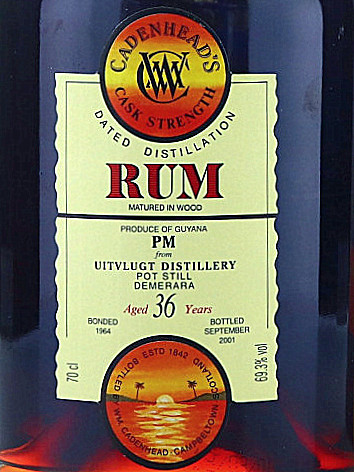 The Cadenhead Uitvlugt 1964 followed all the traditional ways an indie has of producing a rum, except then it proceeded to dial it up to 11, added steroids, horse tranqs and industrial strength factory cleanser, and released it to just about zero acclaim (I mean, have
The Cadenhead Uitvlugt 1964 followed all the traditional ways an indie has of producing a rum, except then it proceeded to dial it up to 11, added steroids, horse tranqs and industrial strength factory cleanser, and released it to just about zero acclaim (I mean, have 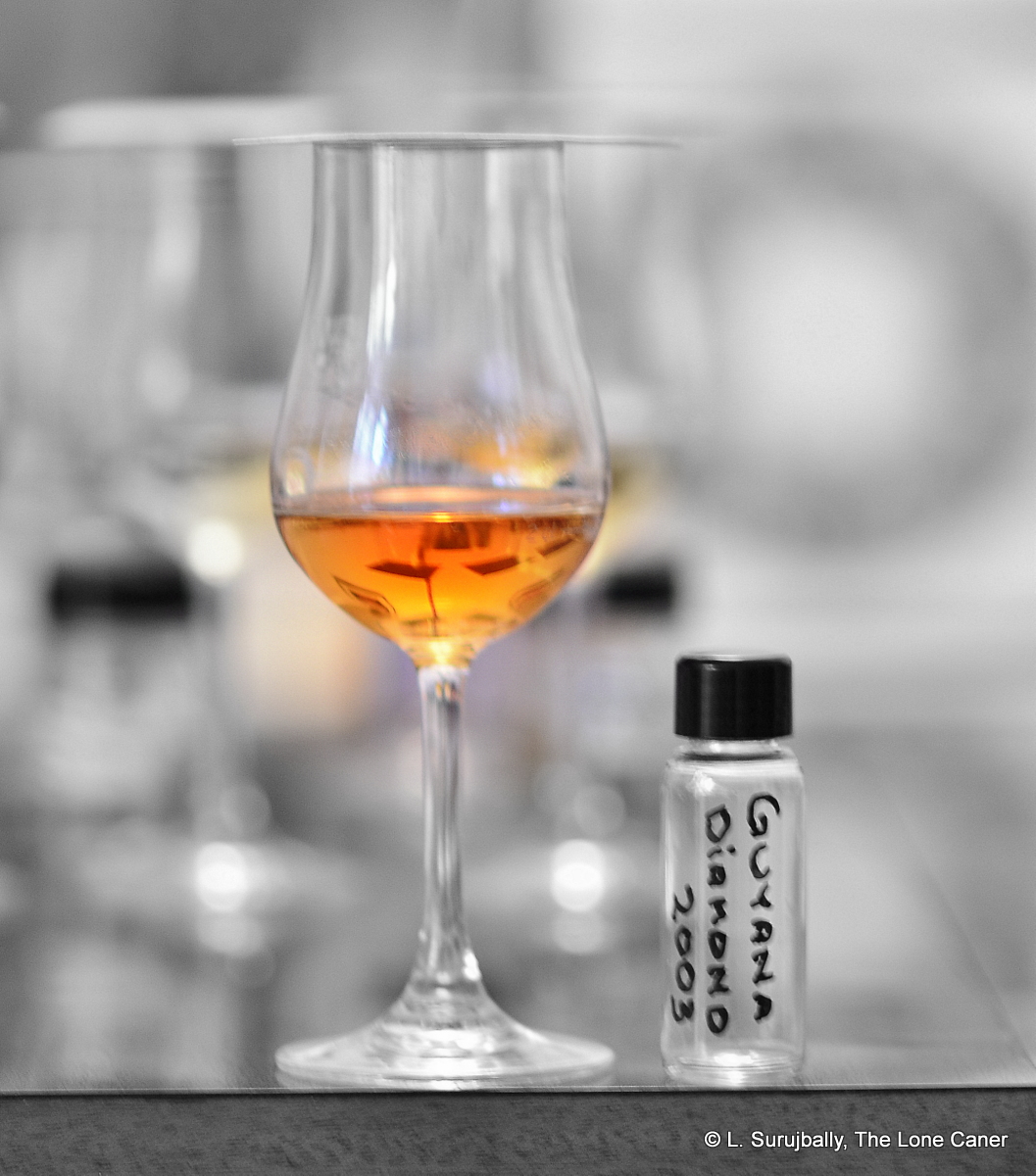
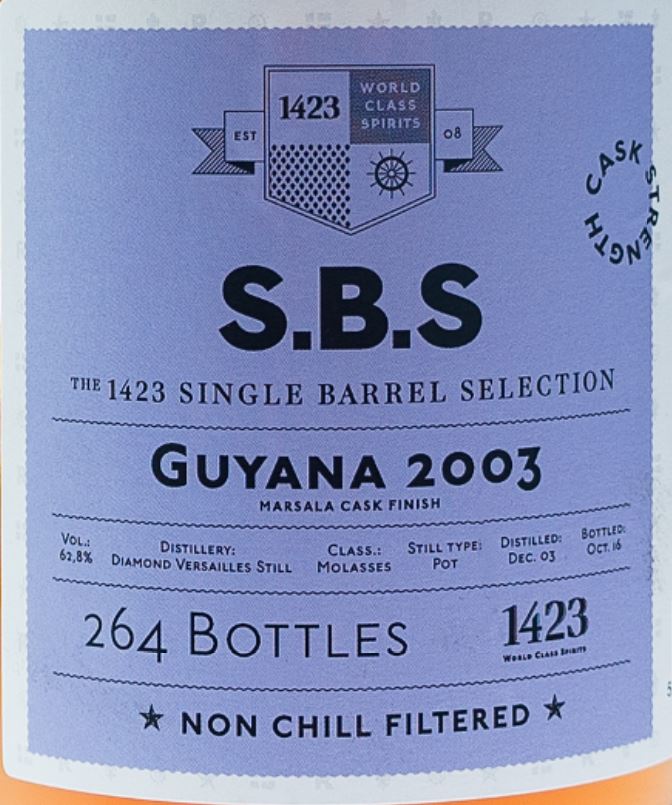 My own preference has always been for the stern elegance of the Port Mourant, and the Enmore coffey still produces rums that are complex, graceful and sophisticated when done right. But the Versailles still is something of an ugly stepchild – you’ll go far and look long to find an unqualified positive review of any rum it spits out. I’ve always felt that it takes rare skill to bring the rough and raw VSG pot still profile to its full potential…none of the familiar indies has had more than occasional success with it, and even Velier never really bothered to produce much Versailles rum at the height of
My own preference has always been for the stern elegance of the Port Mourant, and the Enmore coffey still produces rums that are complex, graceful and sophisticated when done right. But the Versailles still is something of an ugly stepchild – you’ll go far and look long to find an unqualified positive review of any rum it spits out. I’ve always felt that it takes rare skill to bring the rough and raw VSG pot still profile to its full potential…none of the familiar indies has had more than occasional success with it, and even Velier never really bothered to produce much Versailles rum at the height of  There has been occasional confusion among the stills in the past: e.g. the
There has been occasional confusion among the stills in the past: e.g. the 
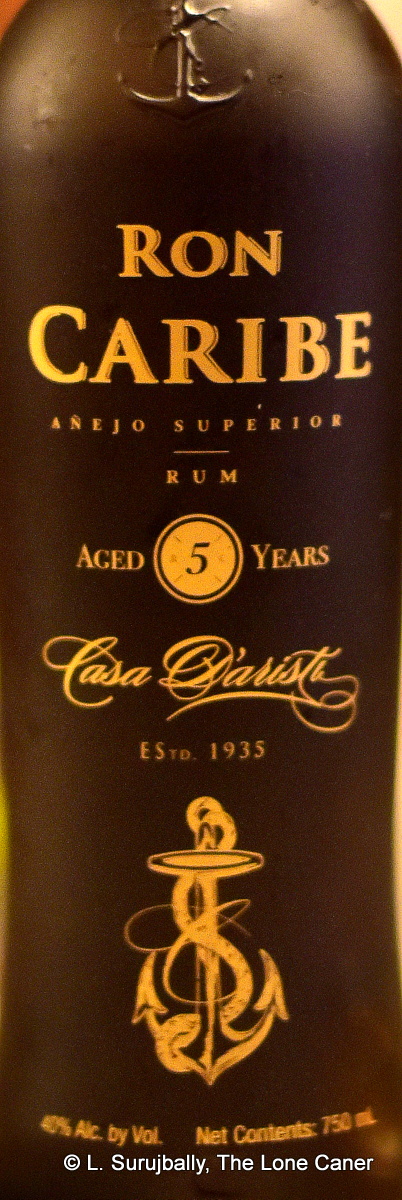 This makes it a spiced or flavoured rum, and it’s at pains to demonstrate that: the extras added to the rum make themselves felt right from the beginning. The thin and vapid nose stinks of vanilla, so much so that the bit of mint, sugar water and light florals and fruits (the only things that can be picked out from underneath that nasal blanket), easily gets batted aside (and that’s saying something for a rum bottled at 40%). It’s a delicate, weak little sniff, without much going on. Except of course for vanilla.
This makes it a spiced or flavoured rum, and it’s at pains to demonstrate that: the extras added to the rum make themselves felt right from the beginning. The thin and vapid nose stinks of vanilla, so much so that the bit of mint, sugar water and light florals and fruits (the only things that can be picked out from underneath that nasal blanket), easily gets batted aside (and that’s saying something for a rum bottled at 40%). It’s a delicate, weak little sniff, without much going on. Except of course for vanilla.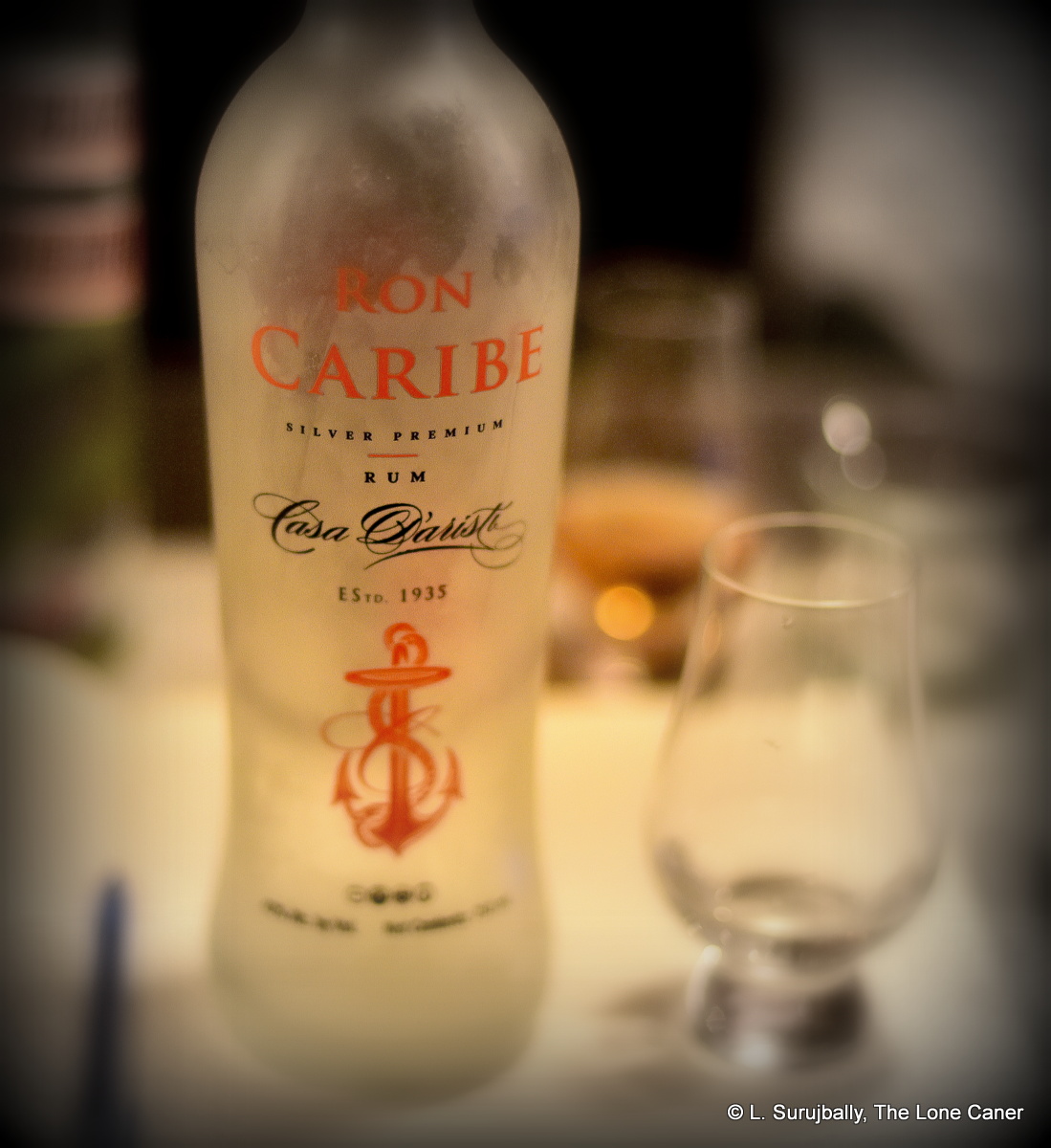
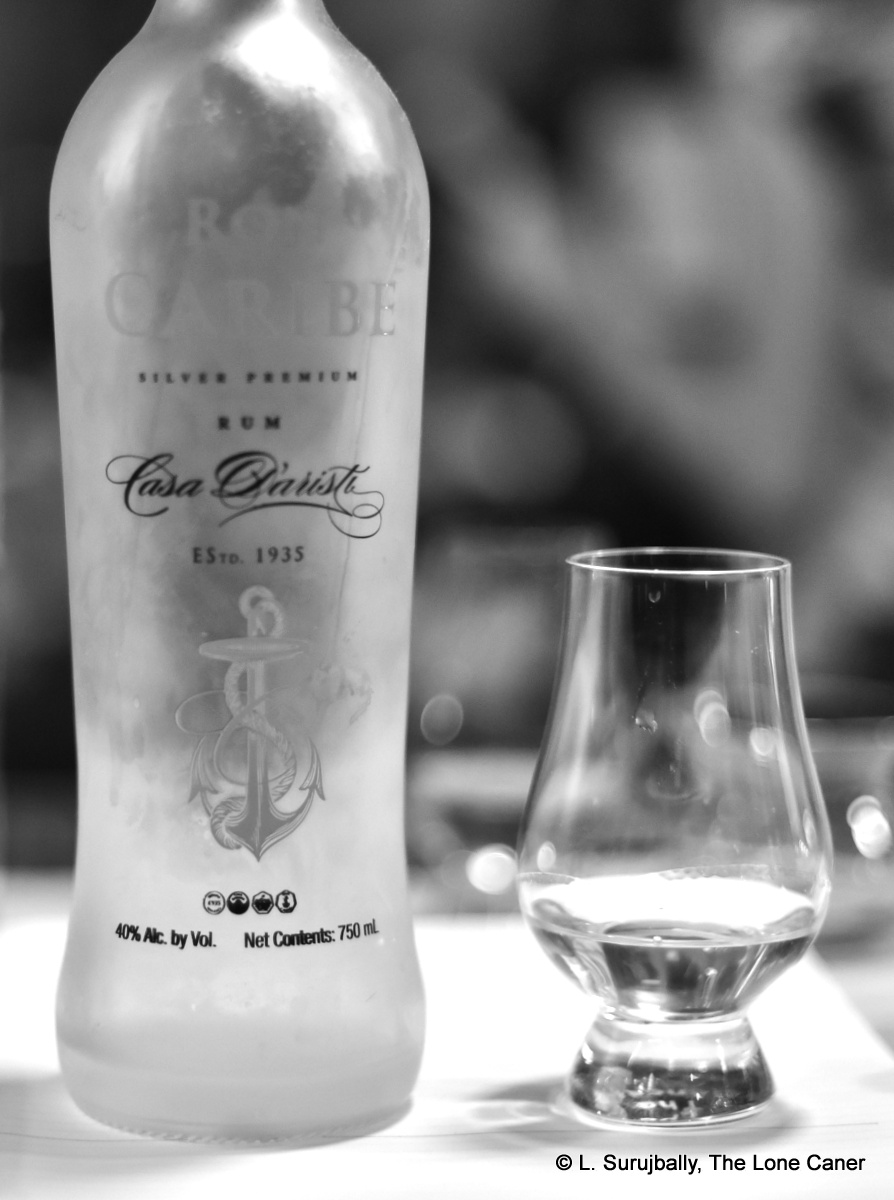 Opinion / Company background
Opinion / Company background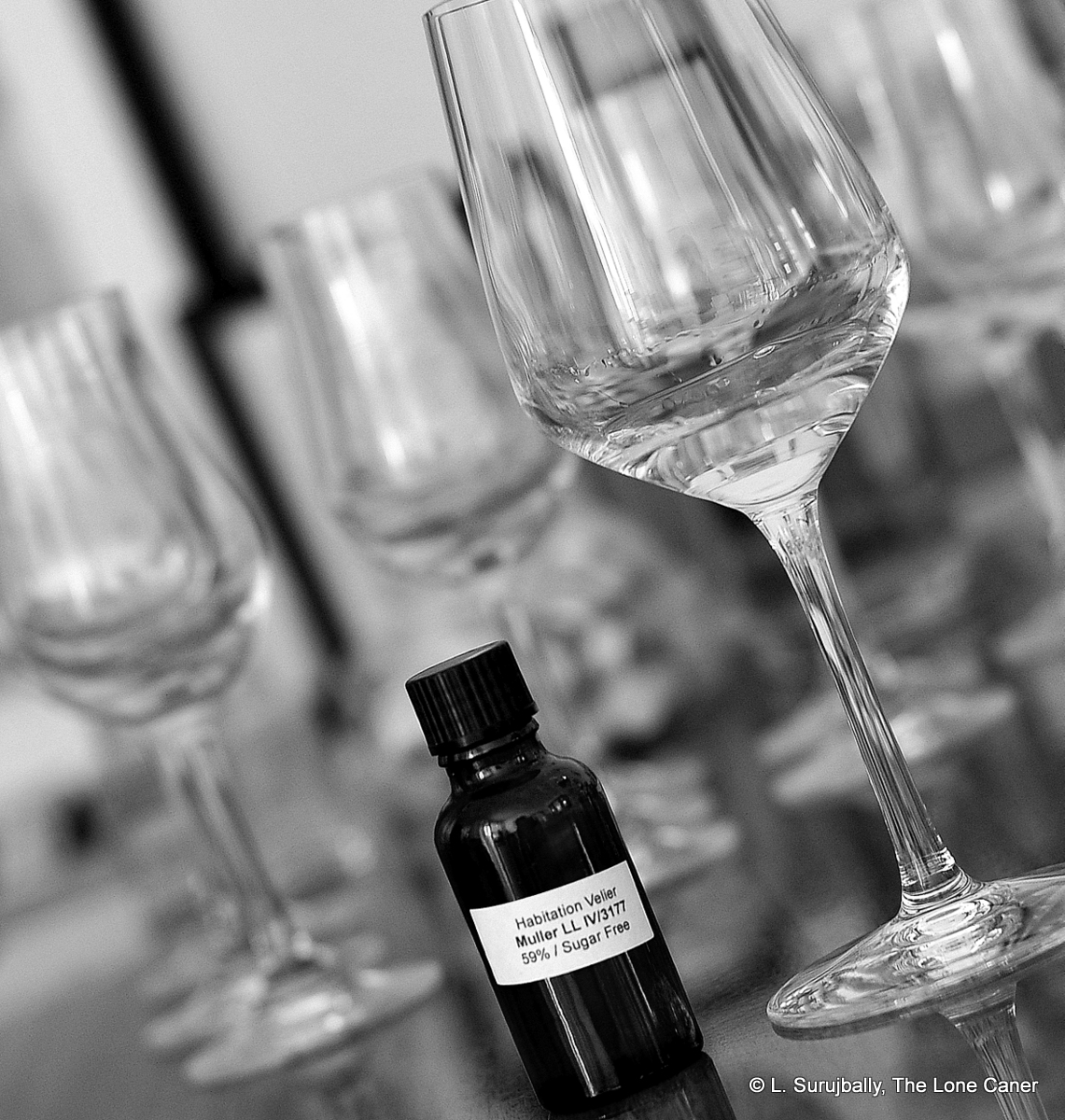
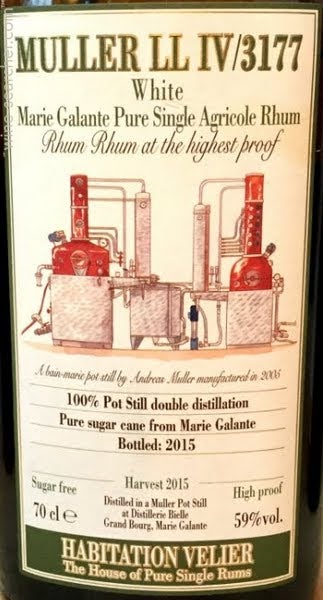 So let’s spare some time to look at this rather unique white rum released by Habitation Velier, one whose brown bottle is bolted to a near-dyslexia-inducing name only a rum geek or still-maker could possibly love. And let me tell you, unaged or not, it really is a monster truck of tastes and flavours and issued at precisely the right strength for what it attempts to do.
So let’s spare some time to look at this rather unique white rum released by Habitation Velier, one whose brown bottle is bolted to a near-dyslexia-inducing name only a rum geek or still-maker could possibly love. And let me tell you, unaged or not, it really is a monster truck of tastes and flavours and issued at precisely the right strength for what it attempts to do.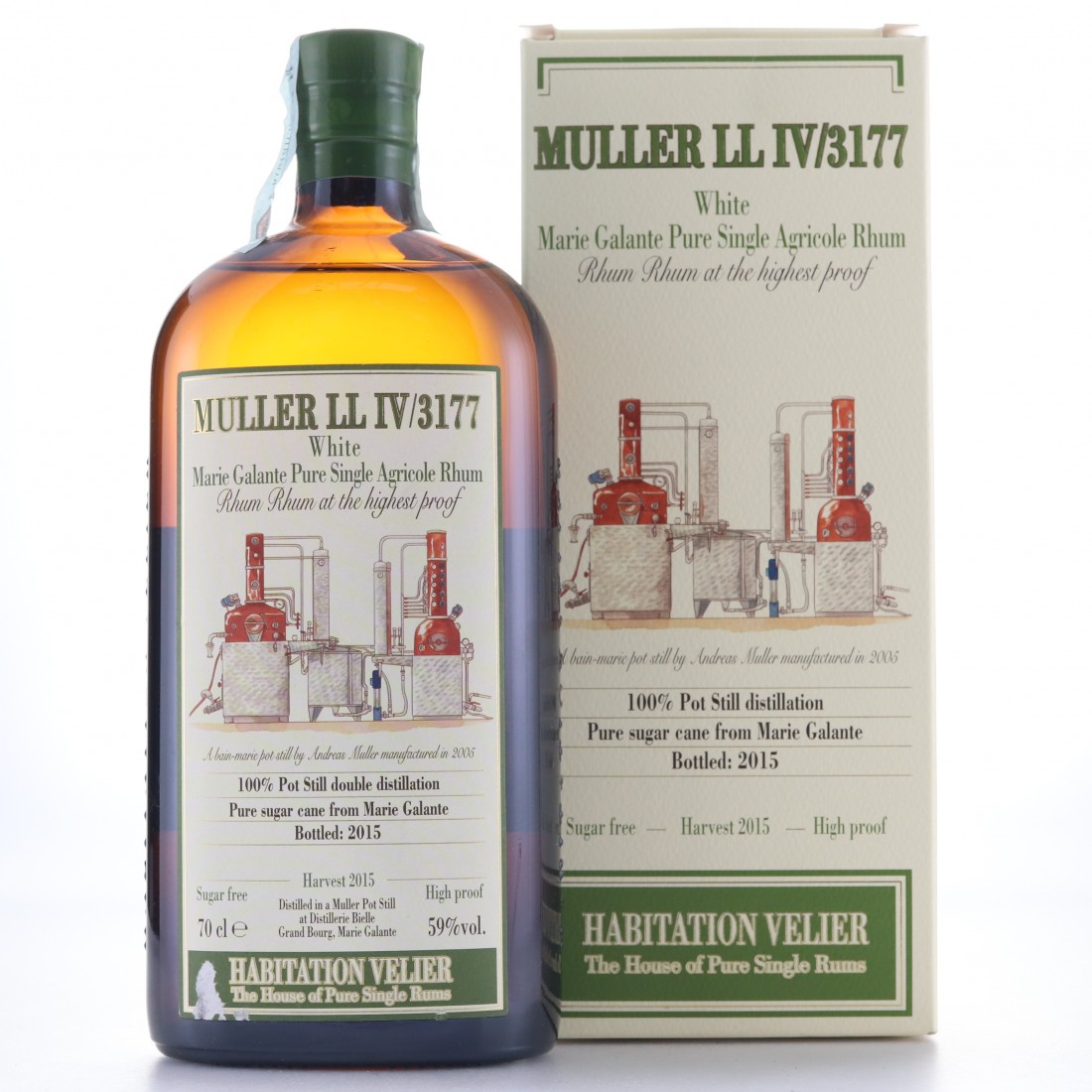 Evaluating a rum like this requires some thinking, because there are both familiar and odd elements to the entire experience. It reminds me of
Evaluating a rum like this requires some thinking, because there are both familiar and odd elements to the entire experience. It reminds me of